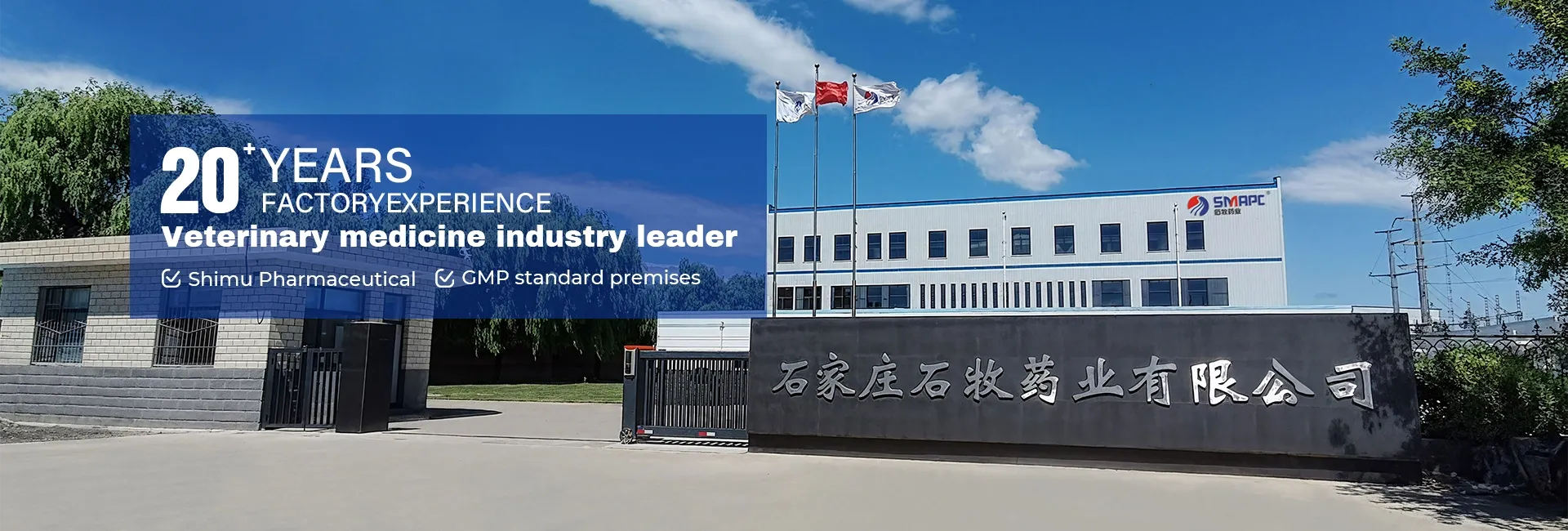Addressing a horse’s cough effectively begins with identifying the underlying cause. However, here are some general remedies and treatments to consider
horse coughing remedies








